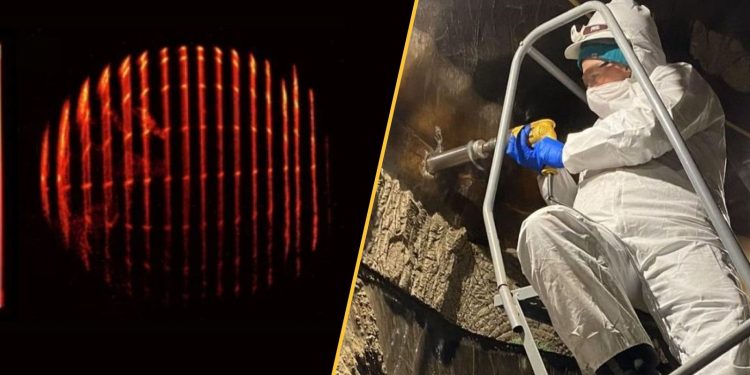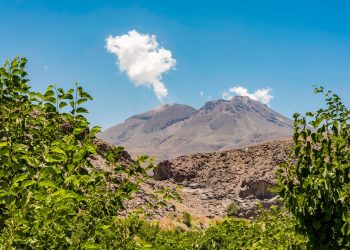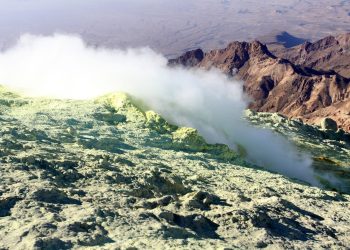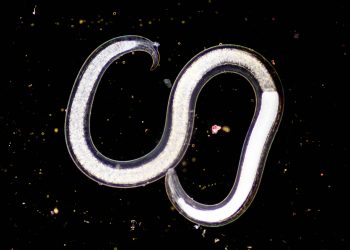This week’s science news has been dominated by a wave of climate stories that are as disturbing as they are fascinating. Headlining are the microbes that woke up after frozen in Alaskan permafrost for up to 40,000 yearsonly for them to start producing carbon dioxide.
The ability of these microbes, some of which have been dormant since the last ice age, to return to normal functioning within a few months is fascinating. But it is also a frightening omen of a potential climate doomsday loop, in which global warming causes permafrost to thaw, releasing insects that would then accelerate global warming.
Scientists simulate the illusion of relativity
Have you ever wondered what an object moving at close to the speed of light would look like? This week we reported on a groundbreaking study that finally showed us. By deploying lasers and ingenious closed camera tricks, Scientists have simulated an optical illusion that appears to flout Einstein’s theory of special relativity.
It’s called the Terrell-Penrose effect, and it comes from the observation that a camera capturing an object moving at the speed of light would not see it crushed in the direction of its motion – as Einstein’s theory says. Instead, the camera would see the high-speed object as partially rotated due to the varying travel times of light to different parts of the object.
It’s important to note that the sphere in the experiment was not actually accelerated to the speed of light, but was simulated to do so by clever camera work. Nonetheless, the bizarre effect was captured beautifully.
Discover more news in physics and mathematics
—Einstein’s relativity could rewrite a major rule about habitable planet types
—Stalagmites adhere to a single mathematical rule, scientists discover
—‘This moves the timeline forward significantly’: Breakthrough in quantum computing could reduce pesky errors up to 100 times
The little mysteries of life
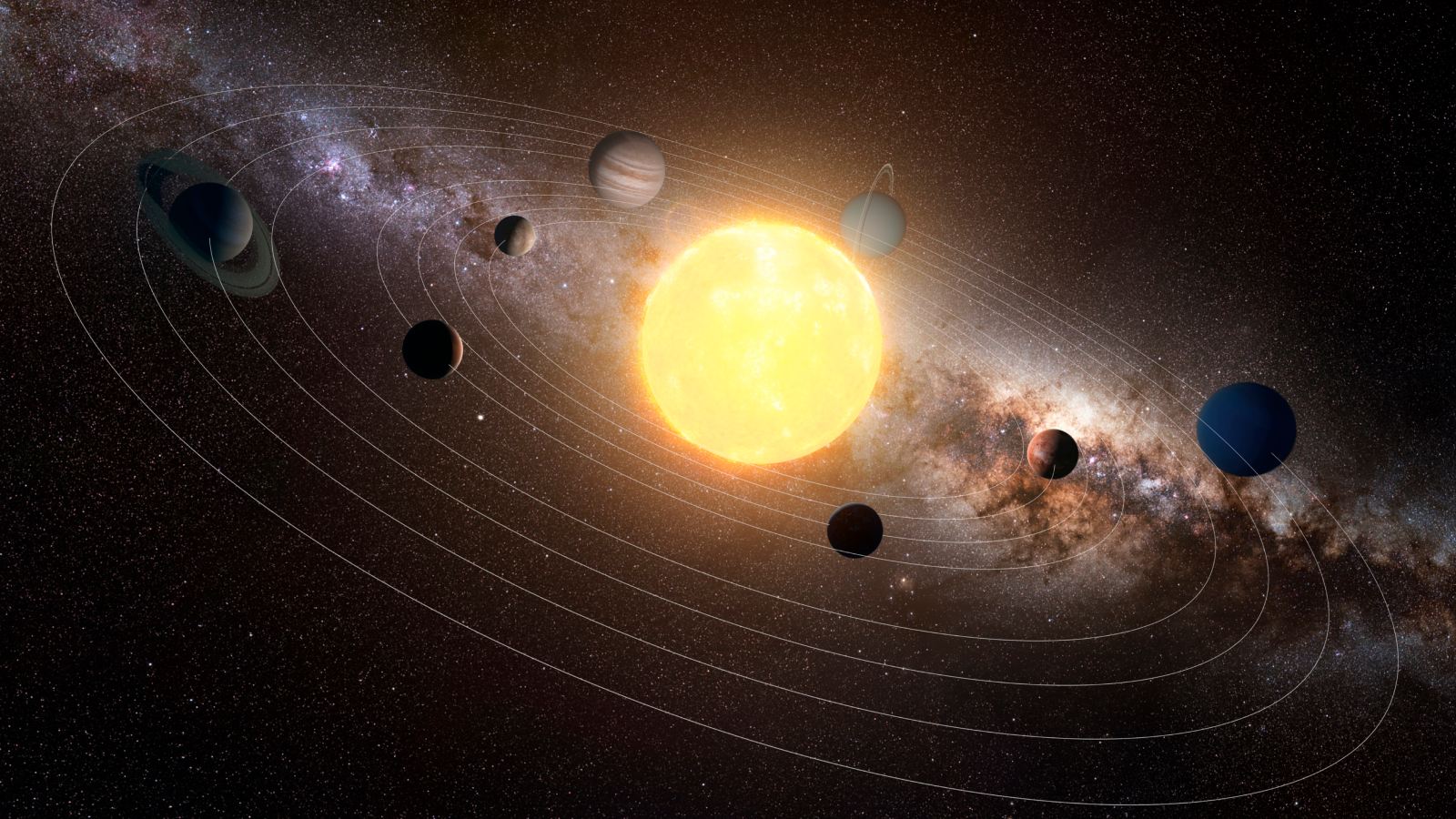
—If you liked this, sign up for our newsletter Life’s Little Mysteries
JWST spots something weird coming out of M87*
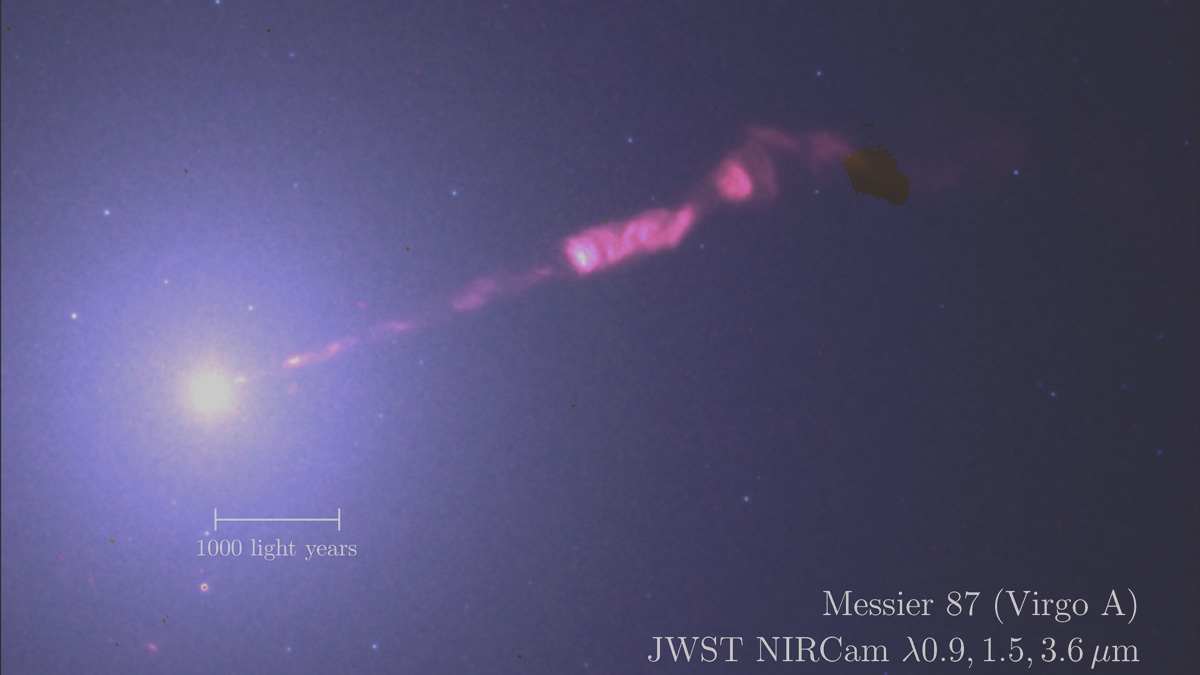
What’s better than a giant jet of relativistic matter spewing out of a black hole? Two giant jets, of course. This week we reported on new images captured by the James Webb Space Telescope (JWST) which reveal never-before-seen details of the famous black hole M87*the first to have been directly imaged.
This clearest view ever captured by JWST shows the black hole’s forward jet and a massive counterjet ricocheting through space in the opposite direction. The images are stunning and could allow astrophysicists to study belching in more detail at near the speed of light. This is all the better for understanding how jets like these sculpt the regions around them and the cosmos at large.
Discover more space news
—Astronomers get closer to ancient signal from ‘one of the most unexplored periods in our universe’
—Record-breaking ‘dark object’ discovered hidden in warped ‘Einstein ring’ 10 billion light years away
—The ‘virginest’ star ever seen discovered on the edge of the Milky Way – and could be a direct descendant of the universe’s first stars
Also in science news this week
—REM sleep can reshape what we remember
—An Iranian volcano appears to have awakened, 700,000 years after its last eruption
—Black eyes, orbital fractures and retinal detachment: Pickleball-related eye injuries are on the rise in the United States
—5,000-year-old skeleton masks and skull cups made from human bones discovered in China
Science long reading

Four years ago, when 77-year-old John Gormly underwent what was supposed to be a standard blood test, he got results that saved his life. The newly approved test was called Shield and diagnosed Gormly with colon cancer which was quickly treated at stage 2. In this week’s long read, Live Science reported on the new test and a growing wave of liquid biopsies which promise to rapidly accelerate early detection of cancer.
Something for the weekend
If you’re looking for something a little longer to read over the weekend, here are some of the best news analysis, crosswords and opinion pieces.
—Live Science Crossword #14: Fast Dinosaur with a Killer Toe Claw — 14 in Diameter (Crossword)
—Chemotherapy harms both cancer and healthy cells. But scientists believe nanoparticles could help solve this problem. (Notice)
Science in pictures
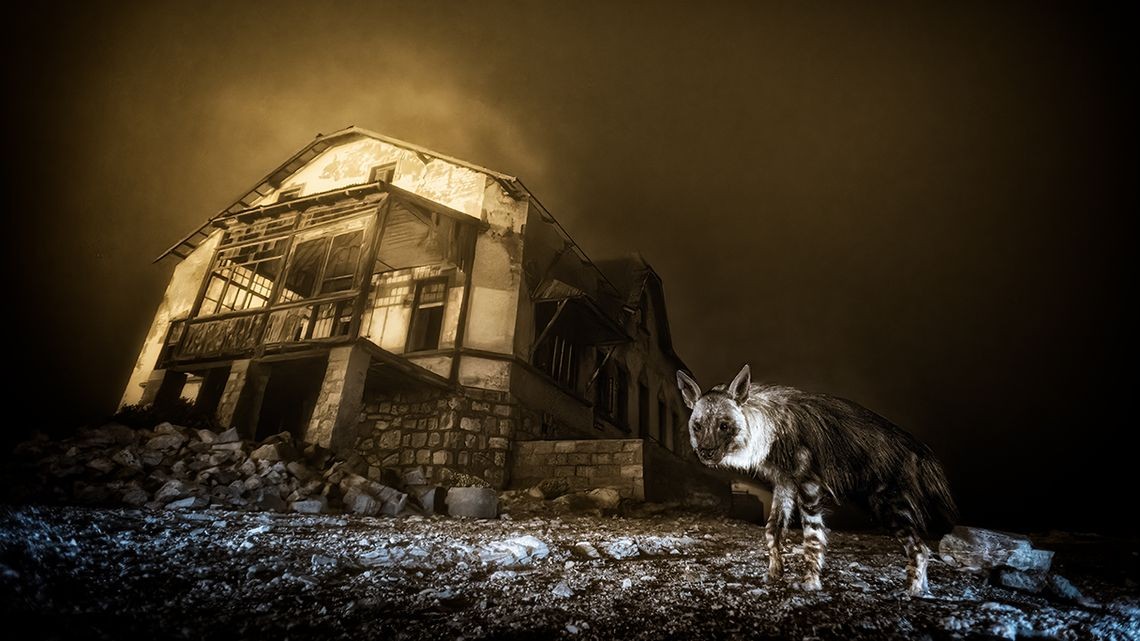
The winner of the Wildlife Photographer of the Year 2025 competition was announced this week, and it was an incredible shot. The image, a rare brown hyena (Parahyaena brunnea) stalking the shattered ruins of a diamond mining town in Namibia, it took victor Wim van den Heever 10 years to capture.
Brown hyenas, the rarest hyenas on Earth, are known to pass through the town of Kolmanskop when traveling to hunt baby Cape fur seals or scavenge carrion washed up on the shores of the Namib Desert.
The moody, metal album-looking photo isn’t the only incredible photo presented by the competition: there were also those of a caracal chasing a pink flamingo; a ladybug snatching its prey right from under the beak of an egret; and a “Mad Hatterpillar” with a tower of exoskeleton shells balanced on his head.
Want more science news? Follow our Live Science WhatsApp Channel for the latest discoveries as they happen. It’s the best way to get our expert reports on the go, but if you don’t use WhatsApp, we’re here too Facebook, X (formerly Twitter), Flipchart, Instagram, TikTok, Blue sky And LinkedIn.


